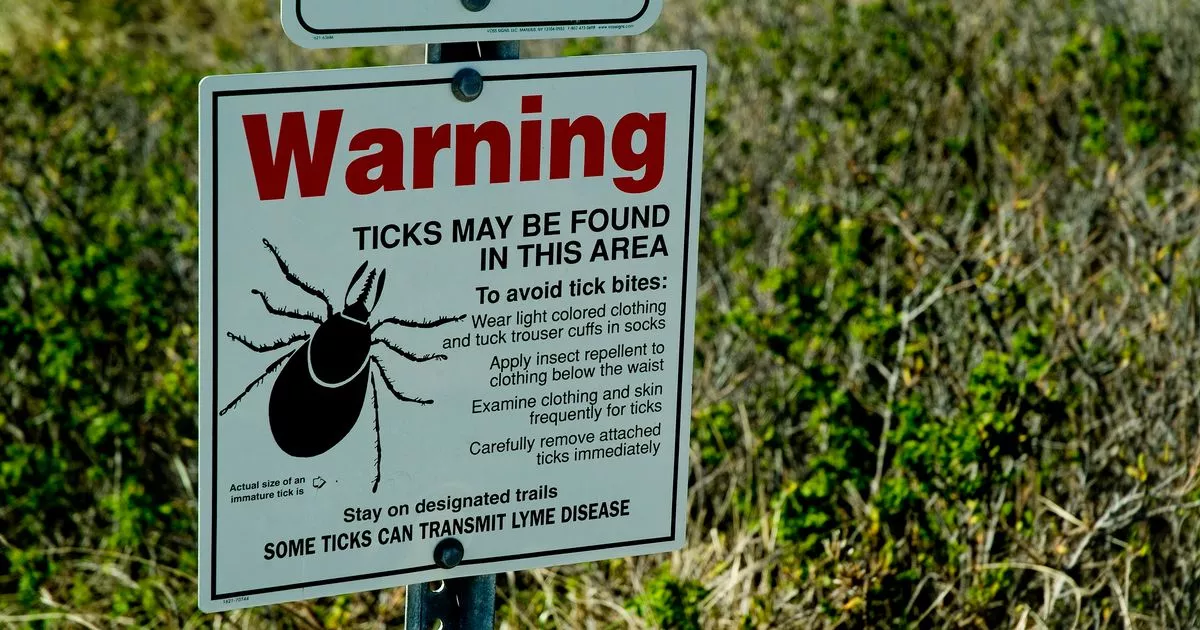Lyme Disease: Rising Incidence and Diagnostic Challenges

Overview:
Lyme disease, caused by the bacterium Borrelia burgdorferi, is increasingly common due to climate change. Transmitted by tick bites, it can present a wide range of symptoms that often complicate diagnosis and treatment.
Transmission:
Ticks, tiny arachnids, transmit Lyme disease by injecting the bacteria into the bloodstream through a bite, often unnoticed due to their secretion of an anti-inflammatory substance.

Symptoms:
• Early Symptoms:
• Erythema migrans (an expanding rash that often resembles a bullseye but can vary in appearance)
• Flu-like symptoms (fever, chills, headache, fatigue)
• Advanced Symptoms:
• Joint pain and swelling
• Neurological issues (facial paralysis, meningitis, peripheral neuropathy)
• Heart problems
• Severe fatigue
• Pins and needles in extremities
Diagnostic Challenges:
Physicians often struggle with diagnosing Lyme disease due to:
1. Variable Rash Presentation: The characteristic bullseye rash can appear differently, especially on dark skin, and is sometimes mistaken for other conditions like ringworm.
2. Symptom Diversity: Lyme disease affects multiple body systems, leading to symptoms that mimic other conditions, making diagnosis complex.
3. Early Misdiagnosis: Many patients, like Welsh rapper Ren, experience misdiagnoses such as bipolar disorder or chronic fatigue syndrome before being correctly identified as having Lyme disease.
Case Example:
A personal account describes an expanding rash that was misdiagnosed multiple times by medical professionals due to its non-bullseye appearance, delaying appropriate treatment.
Treatment:
When diagnosed early, Lyme disease is typically treated with antibiotics, leading to full recovery. However, delays in treatment can result in chronic symptoms requiring ongoing management.
Awareness and Education:
Improving awareness and education among medical practitioners about the varied presentations of Lyme disease is crucial for timely and accurate diagnosis and treatment.
Conclusion:
As Lyme disease becomes more prevalent, understanding its diverse symptoms and improving diagnostic approaches are essential to prevent long-term health issues and ensure effective treatment.





















